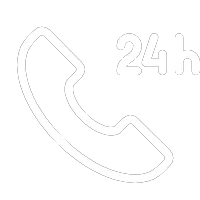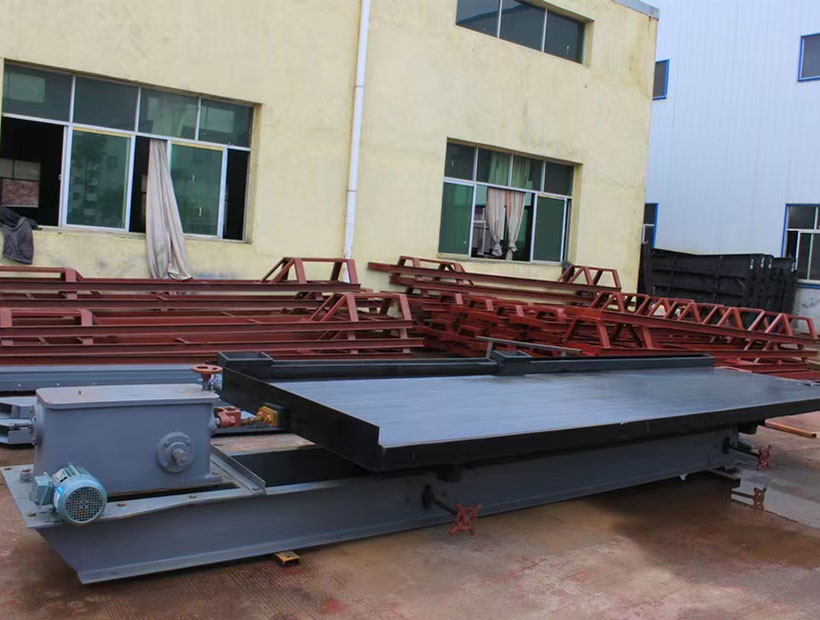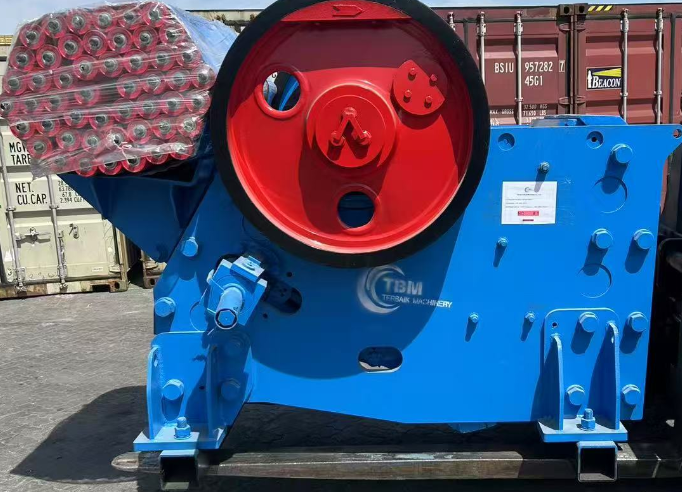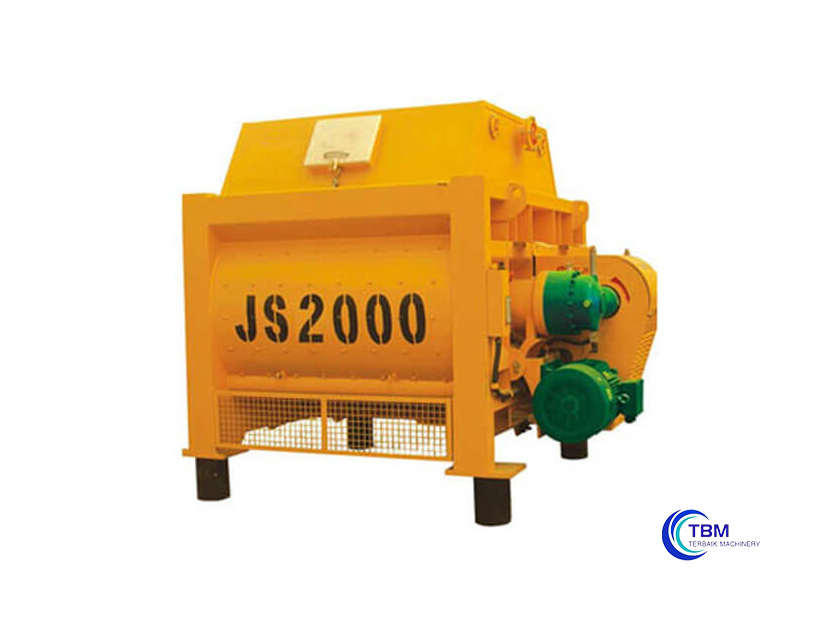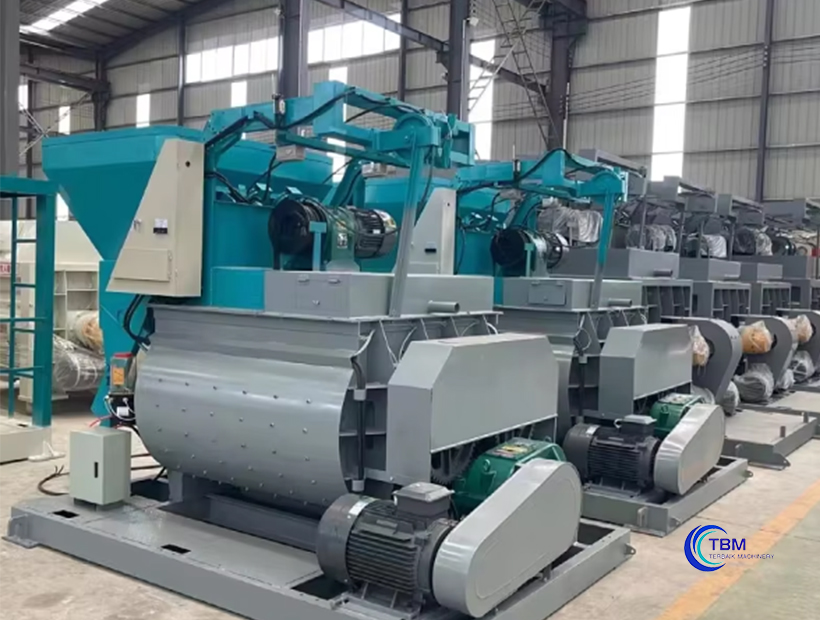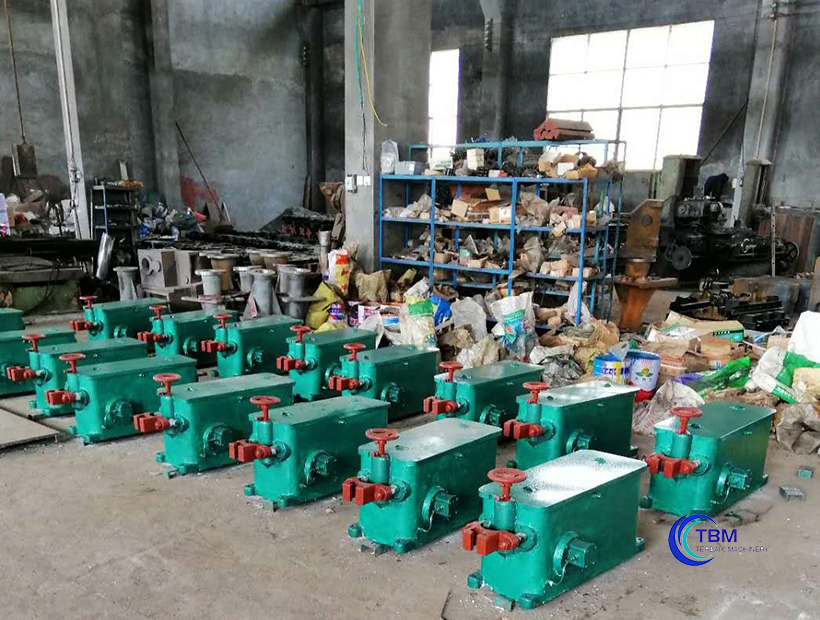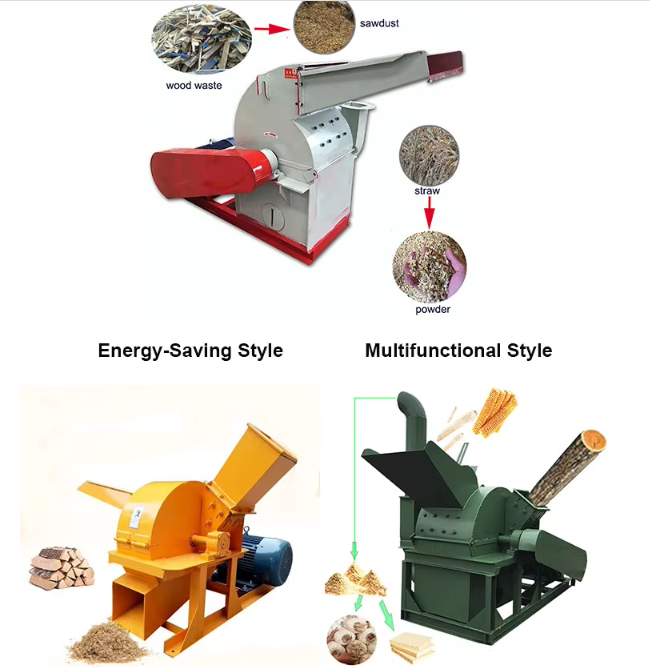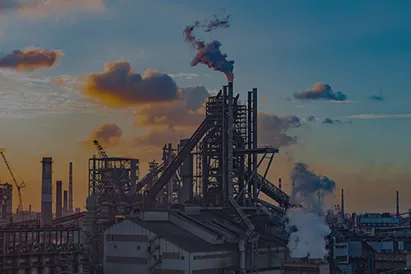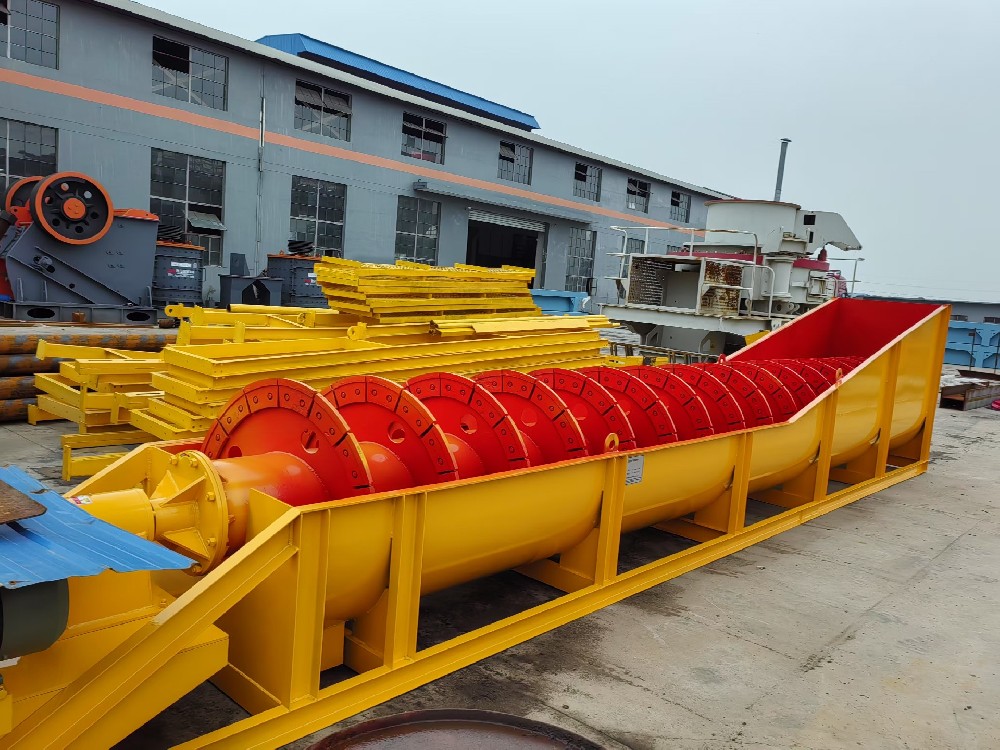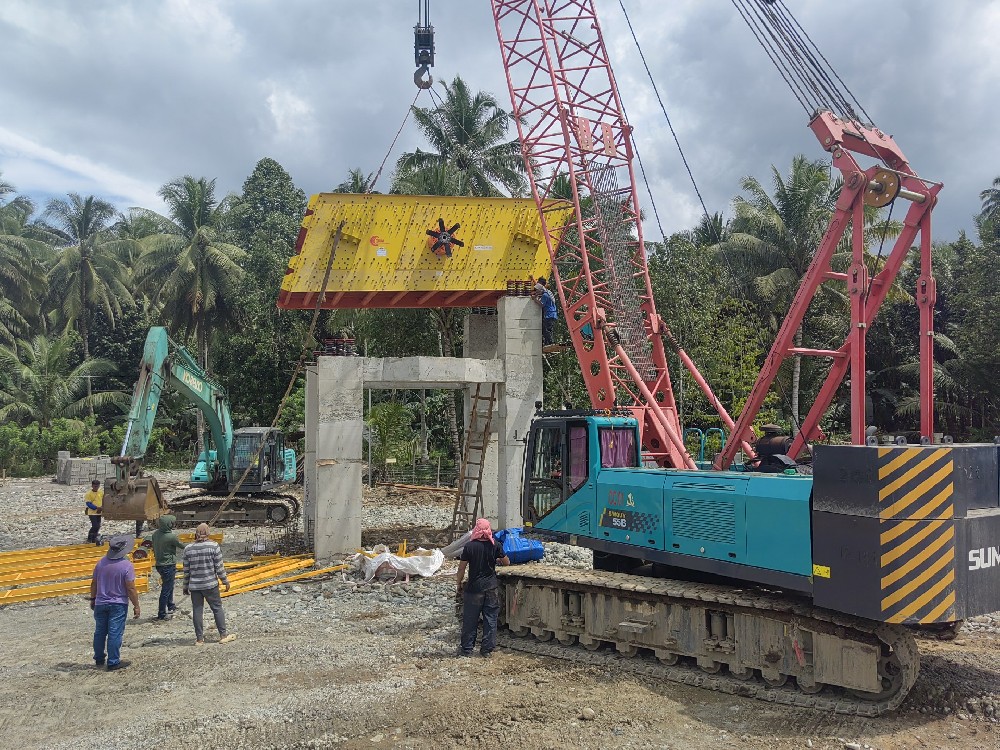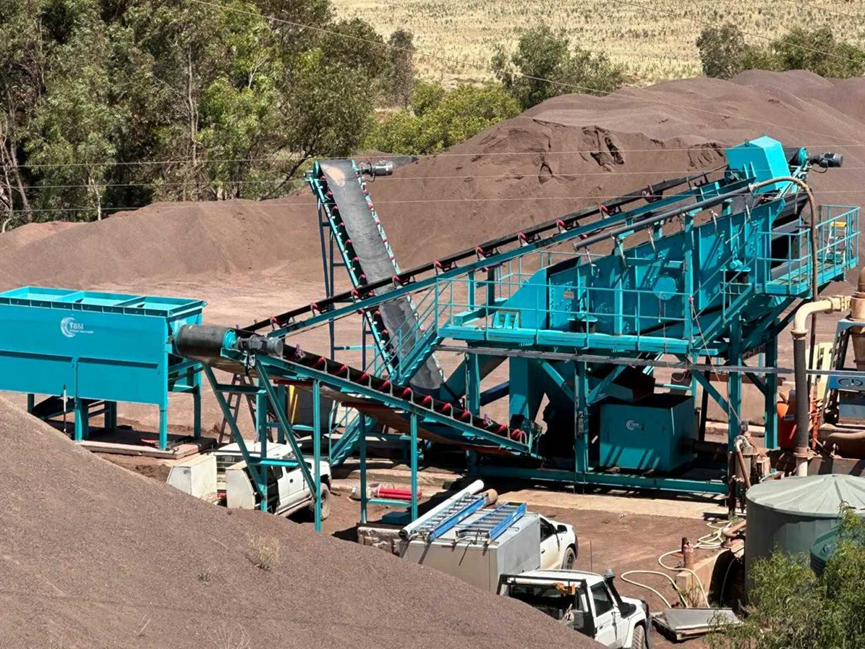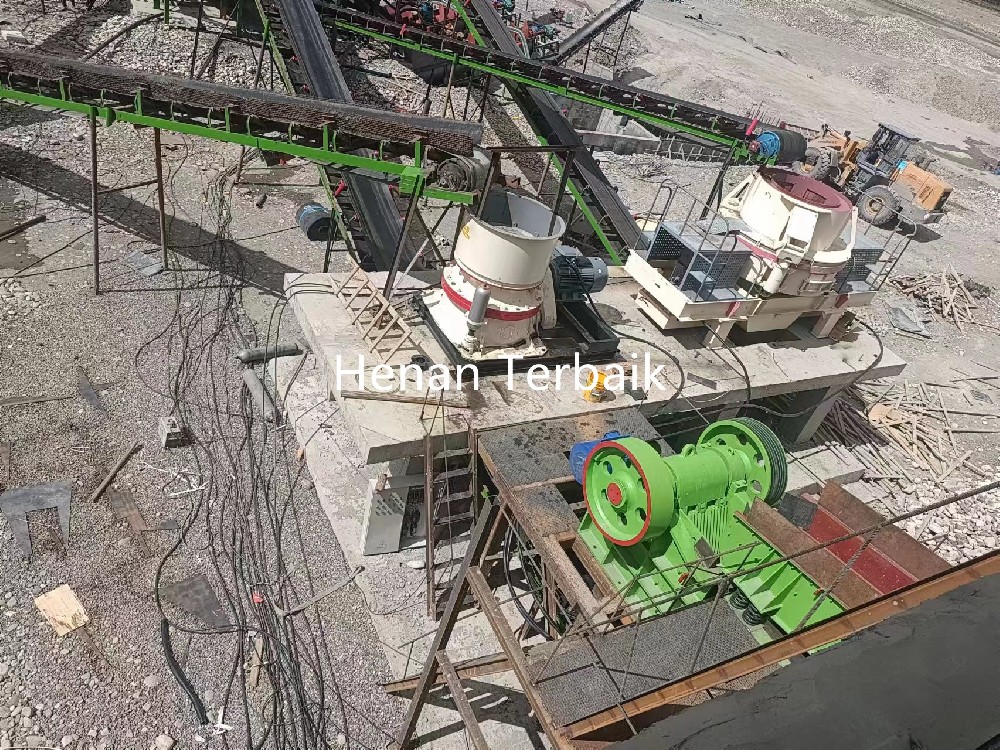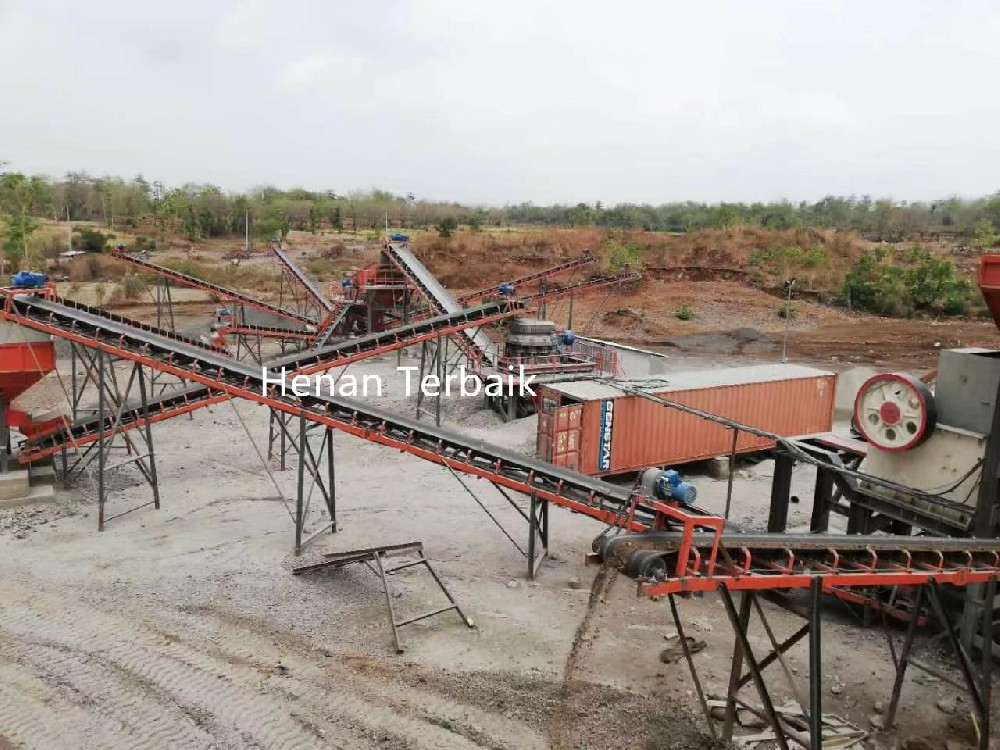Shaking tables are a crucial piece of equipment in the field of mineral processing, particularly for gold recovery. This article explores the various aspects of shaking tables, including their uses, operational mechanisms, advantages, and disadvantages. We will also discuss their relevance in the context of gold recovery and mineral processing.
What is a Shaking Table Used For?
A shaking table is used primarily in mineral processing to separate fine particles based on their specific gravity. The table's design allows it to be highly effective in the concentration and recovery of valuable minerals from ore, especially in the context of gold recovery. It is commonly used in the mining industry for:
Gold Recovery: Shaking tables are particularly efficient in recovering fine gold particles, making them an essential tool in gold mining operations.
Mineral Processing: They are used to separate a variety of minerals, including precious metals, rare earth elements, and other valuable commodities.
Concentration of Ores: Shaking tables are employed to concentrate ores, extracting valuable minerals from the gangue material.
What Does Shaking Table Mean?
A shaking table is a type of gravity separation equipment that uses a combination of mechanical shaking and water flow to separate particles based on their density. The shaking motion and the flow of water create a stratified layer of particles on the table surface, with denser particles moving towards the bottom and lighter particles remaining at the top. The table consists of a deck, riffles, and a water flow system, which together facilitate the separation process.
What is the Shaking Table Operation?
The operation of a shaking table involves several steps to ensure effective separation of minerals:
Feeding: The material to be processed is fed onto the table's deck, usually as a slurry.
Shaking: The table undergoes a shaking motion, typically back and forth, which helps stratify the particles based on their density.
Water Flow: A controlled flow of water is applied across the deck, aiding in the separation process by washing away lighter particles and concentrating heavier ones.
Concentration Zones: The deck of the table is divided into zones where different densities of particles are collected. The heaviest particles concentrate near the top edge, while lighter particles move towards the bottom edge.
Collection: The separated materials are collected at different points along the table, resulting in the recovery of valuable minerals like gold.
What are the Disadvantages of Shaking Table?
While shaking tables offer numerous advantages in mineral processing and gold recovery, they also come with some disadvantages:
Capacity Limitations: Shaking tables have a limited capacity, which can be a drawback for large-scale operations. They are best suited for processing smaller volumes of material.
Labor-Intensive: The operation and maintenance of shaking tables can be labor-intensive, requiring skilled personnel to ensure optimal performance.
Space Requirements: Shaking tables require a significant amount of floor space, which may be a constraint in smaller processing facilities.
Sensitivity to Feed Size: The efficiency of shaking tables can be affected by variations in feed size and composition, requiring careful control and consistent feed material.
Shaking Table for Gold
Shaking tables are widely used in gold mining for their ability to recover fine gold particles that are otherwise difficult to separate. The shaking motion and water flow effectively concentrate gold from ore, making them an invaluable tool in gold recovery operations. By adjusting the table settings and flow rates, operators can maximize gold recovery and improve the overall efficiency of their processing plants.
Shaking Table Price
The price of a shaking table can vary depending on several factors, including its size, design, and manufacturer. Generally, the cost of a shaking table ranges from a few thousand dollars for small, laboratory-scale models to tens of thousands of dollars for larger, industrial-scale units. It's important to consider the specific needs of your operation and consult with manufacturers like Terbaikmachinery to find the most suitable and cost-effective shaking table for your application.
Conclusion
Shaking tables are a vital component in the field of mineral processing, offering efficient separation of valuable minerals from ore. Their application in gold recovery is particularly noteworthy, providing a reliable method for concentrating fine gold particles. Despite some disadvantages, such as capacity limitations and labor intensity, the benefits of shaking tables make them indispensable in many mining operations.
For more information about shaking tables and to explore our range of high-quality equipment, please contact Terbaikmachinery.
